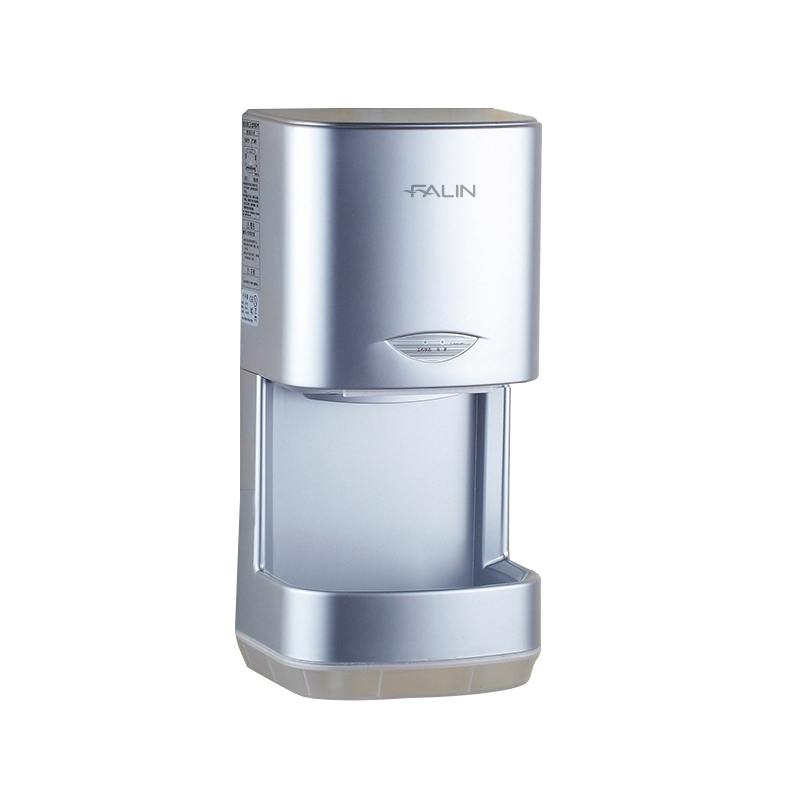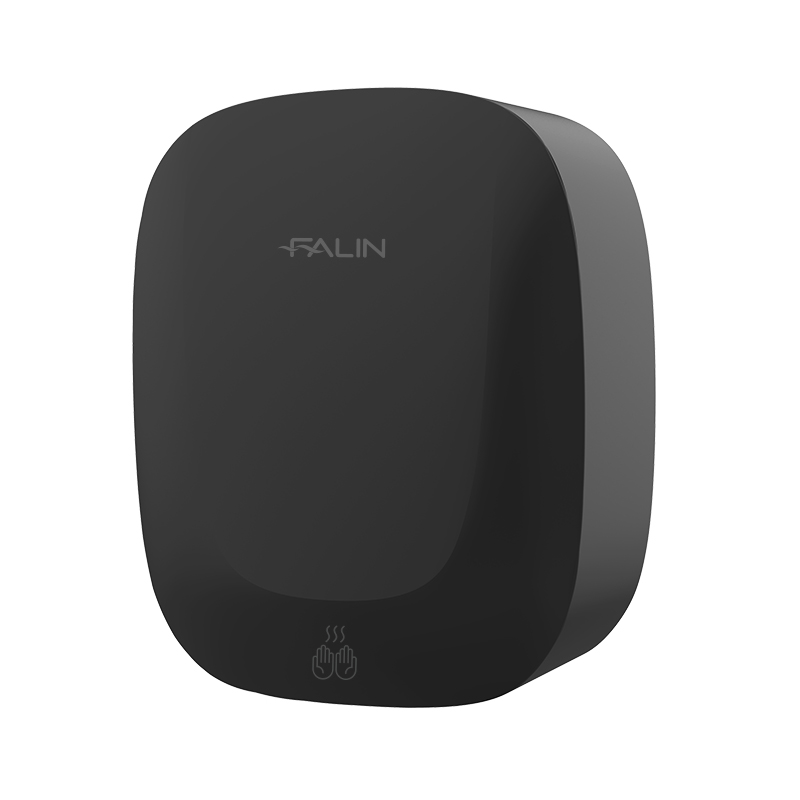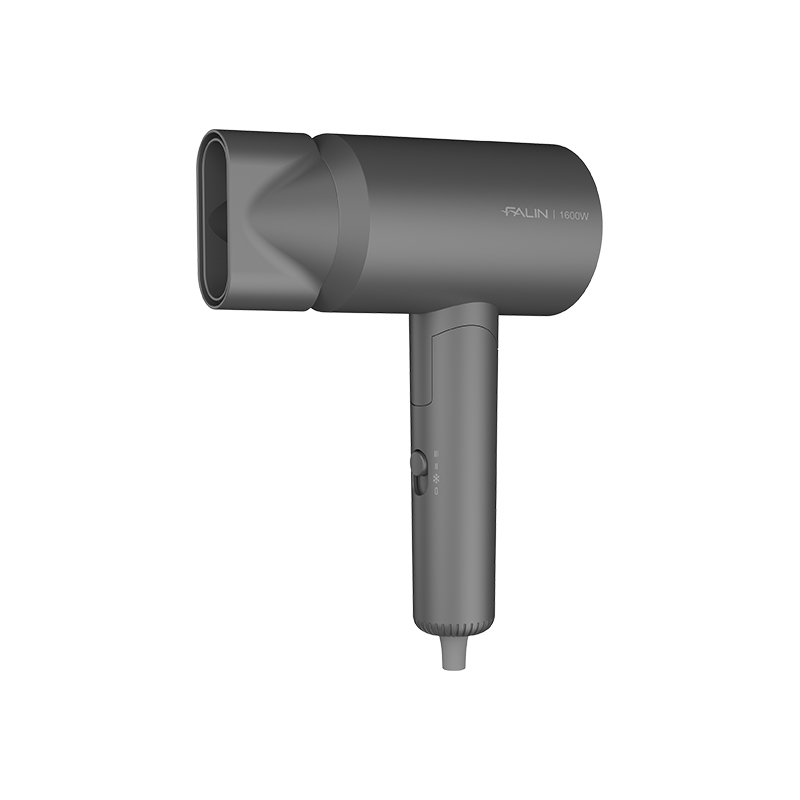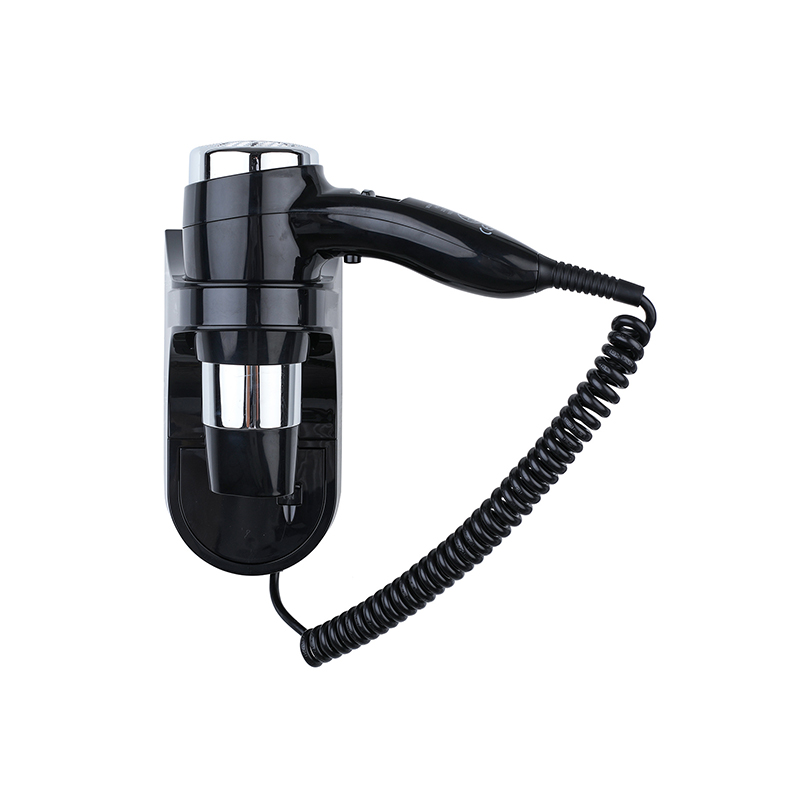In the bustling environment of small appliance manufacturing, innovation is the heartbeat that drives progress. One such innovation that has captured the industry's attention is the lightweight hair dryer, a product that promises to simplify hair care routines for consumers worldwide. The demand for electric hair dryers has evolved, with customers seeking more than just a tool to dry their hair; they now demand convenience, portability, and efficiency. Manufacturers have responded by developing lightweight hair dryers that meet these needs, making them a must-have for any hair care regimen.
The Rise of Lightweight Hair Dryers
The emergence of lightweight hair dryers on the market has been a game-changer for the electric hair dryer industry. These compact devices are designed to deliver powerful airflow and heat without the bulkiness traditionally associated with their full-sized counterparts. Manufacturers are focusing on using advanced materials and engineering techniques to create mini travel hair dryers that are not only lightweight but also durable and efficient.
Benefits for Manufacturers
From a manufacturing perspective, producing lightweight hair dryers offers several advantages. Firstly, the use of lightweight materials can reduce production costs and environmental impact, aligning with the growing trend of sustainable manufacturing. Secondly, the compact design of mini travel hair dryers allows for more efficient use of factory space, cause increased production capabilities and reduced logistics costs.
Simplifying Hair Care at Home
For the end-user, the benefits of owning a lightweight hair dryer are manifold. These electric hair dryers are easy to handle, reducing the strain on wrists and arms during use. Their compact size also means they are less likely to cause damage to hair due to the reduced heat concentration, promoting healthier hair care practices. The portability of mini travel hair dryers is particularly appealing for those who frequently travel, as they can easily fit into carry-on luggage without adding significant weight.
Efficiency and Performance
Despite their smaller size, lightweight hair dryers are not compromising on performance. Manufacturers are incorporating advanced technology into these devices to ensure they can deliver the same level of drying power as their heavier counterparts. This includes features such as multiple heat and speed settings, which allow users to customize their hair care routine to suit their specific needs.
Environmental Considerations
The move towards electric hair dryers that are both lightweight and energy-efficient is also beneficial from an environmental standpoint. By using less power and materials, these devices reduce their carbon footprint, contributing to a greener future. Consumers are increasingly aware of the environmental impact of their purchases, and lightweight hair dryers meet this growing demand for eco-friendly products.
Market Trends and Consumer Preferences
As consumer preferences shift towards products that offer convenience and portability without sacrificing quality, the demand for lightweight hair dryers is on the rise. Manufacturers are responding by investing in research and development to create mini travel hair dryers that meet these evolving needs. This market trend is expected to continue, with manufacturers looking for ways to further streamline the design and functionality of their electric hair dryers.
Conclusion
The lightweight hair dryer is a testament to the innovation that drives the small appliance manufacturing industry. By focusing on creating electric hair dryers that are both powerful and portable, manufacturers are able to offer consumers a product that simplifies their hair care routine. These mini travel hair dryers are not just a response to market demand; they represent a commitment to improving the everyday lives of consumers while also considering the environmental impact of production. As the market continues to evolve, the lightweight hair dryer is poised to become a staple in homes around the world, demonstrating the power of innovation in meeting the needs of a modern, on-the-go society.


 English
English 中文简体
中文简体






 Building 19, Block 9, Bihu Wangyang Town, Liandu District, Lishui City, Zhejiang Province, China
Building 19, Block 9, Bihu Wangyang Town, Liandu District, Lishui City, Zhejiang Province, China 